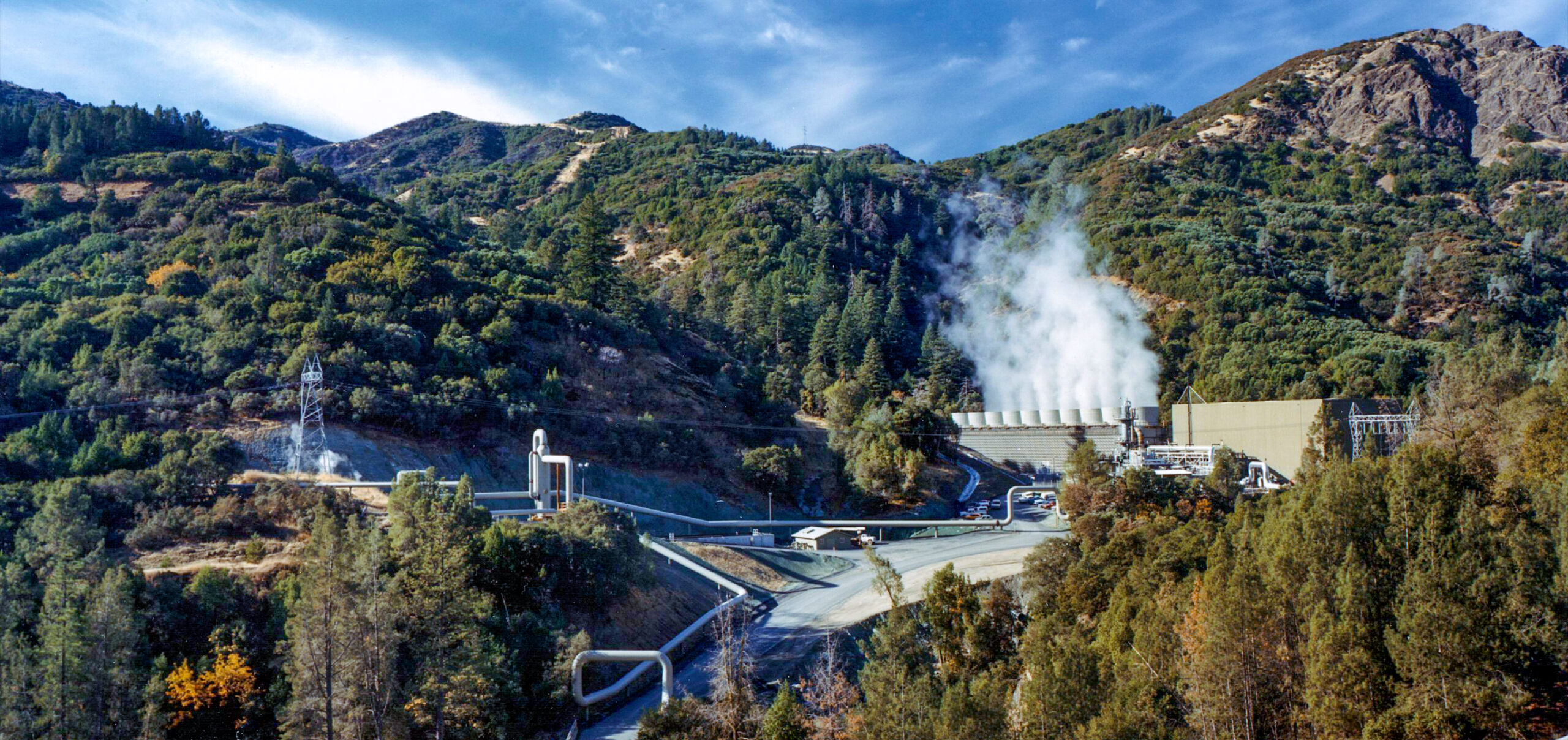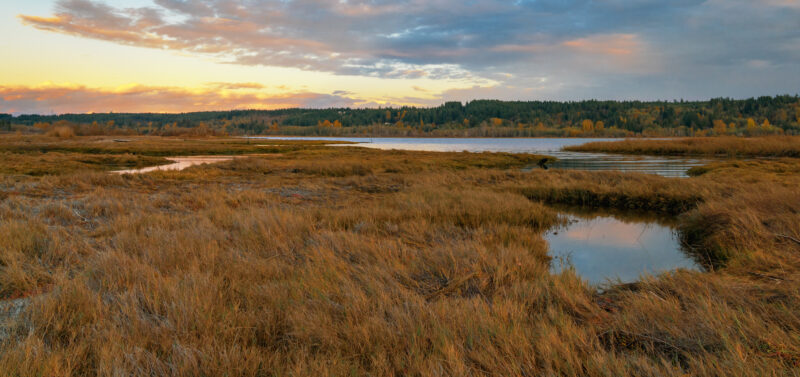The four proposed rules could amount to a substantial weakening of one of the United...

Calpine Geysers Geothermal Biological Resources Support
The Geysers, located in the Mayacamas Mountains in Sonoma and Lake counties, is the largest geothermal electrical operation in the world. Its current capacity can produce 725 megawatts of electricity around the clock—enough to power 725,000 homes, or a city the size of San Francisco.
Why does this project matter?
As a requirement for continued operation of their 13 power plants at The Geysers, Calpine Corporation must demonstrate ongoing compliance with local, state, and federal permits and regulations including Lake County and Sonoma County Use Permits, Central Valley Regional Water Quality Control Board Waste Discharge Orders, California Department of Fish and Wildlife (CDFW) permits, and California Environmental Quality Act (CEQA) requirements.
What is ESA doing to help?
Since 1998, ESA biologists have provided ongoing biological resource surveys and technical support to the Calpine Corporation under a Continuing Services Agreement. Our work supports the management, operation, and development of geothermal energy activities in The Geysers region. Key services include implementing aquatic monitoring programs in both Sonoma and Lake Counties—specifically the Mayacamas Creek Aquatic Monitoring Program (MCAMP), and the Bear Canyon/West Ford Flat (BC/WFF) Aquatic Monitoring Program—which annually assess water quality, fish habitat, and macrobenthic invertebrate and fish populations near power plants.
ESA also conducts endangered plant species surveys, including monitoring of the state-listed Geysers panicum (Panicum acuminatum var. thermale), using unmanned aerial vehicles (UAVs) to map plant populations in steamfields and other challenging terrain. Additional services include fish monitoring and relocation during in-water construction activities, focused biological surveys such as arborist assessments and aquatic resource delineations to ensure CEQA compliance, and on-call biological assistance for preconstruction surveys and real-time compliance monitoring.
On behalf of Calpine, ESA biologists have administered the BC/WFF and MCAMP Aquatic Monitoring Programs for more than 27 years. For these surveys, our fisheries and aquatic specialists annually survey steelhead and rainbow trout populations upstream and downstream from Calpine power plants, and examine water temperature, specific conductance, dissolved oxygen, stream flow, and turbidity. Since its inception, the program has undergone periodic reviews to assess the continued relevance of environmental parameters, survey locations, and the frequency of monitoring activities.
Details
Client Calpine
Location Sonoma, California
Market Geothermal
Services
Biological Resources
Land & Resource Management
Environmental Compliance
Fish and Aquatic Sciences
Over Water Services
Unmanned Aerial Vehicles (UAV)
Notable
Steelhead and trout monitoring conducted through the Mayacamas Creek and Bear Canyon/West Ford Flat Aquatic Monitoring Programs has been carried out annually since 1984, making it one of the longest-running continuous aquatic monitoring efforts in California.

ESA biologists have been providing biological resources services as part of the MCAMP program for more than 27 years, such as assessing water quality, and monitoring aquatic species and habitat, and the state-listed Geysers panicum.
News & Ideas
If finalized, the Waters of the United States Proposed Rule would reduce the geographic extent...
ESA’s federal strategy and NEPA experts have been staying abreast of the shifts in federal...
As we kick off 2026, our federal policy and permitting experts are hitting the road...
The following speech was delivered on November 7, 2025, in Salt Lake City, at The...
The commercial drone package delivery sector is growing rapidly, with multiple operators looking to gain...





